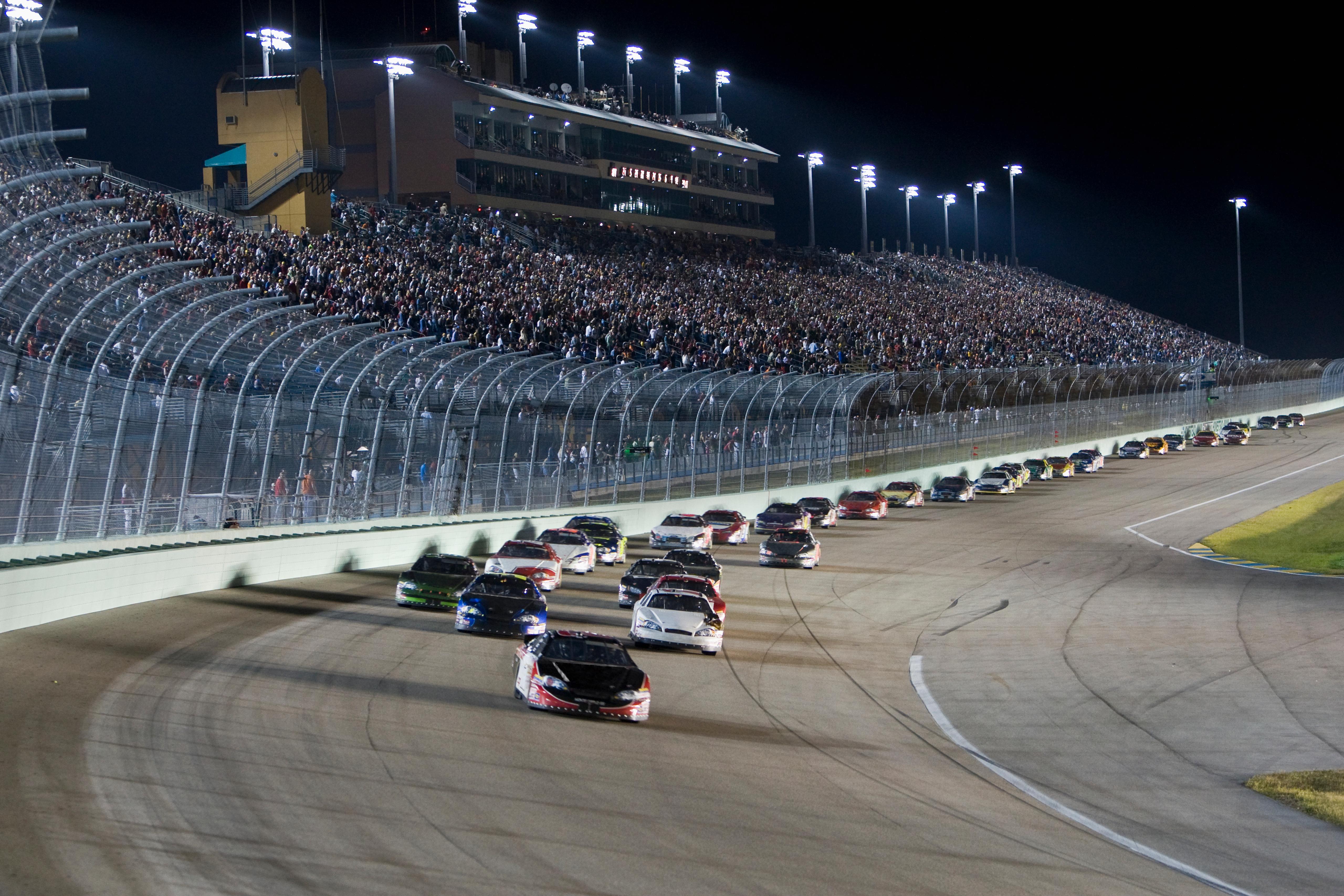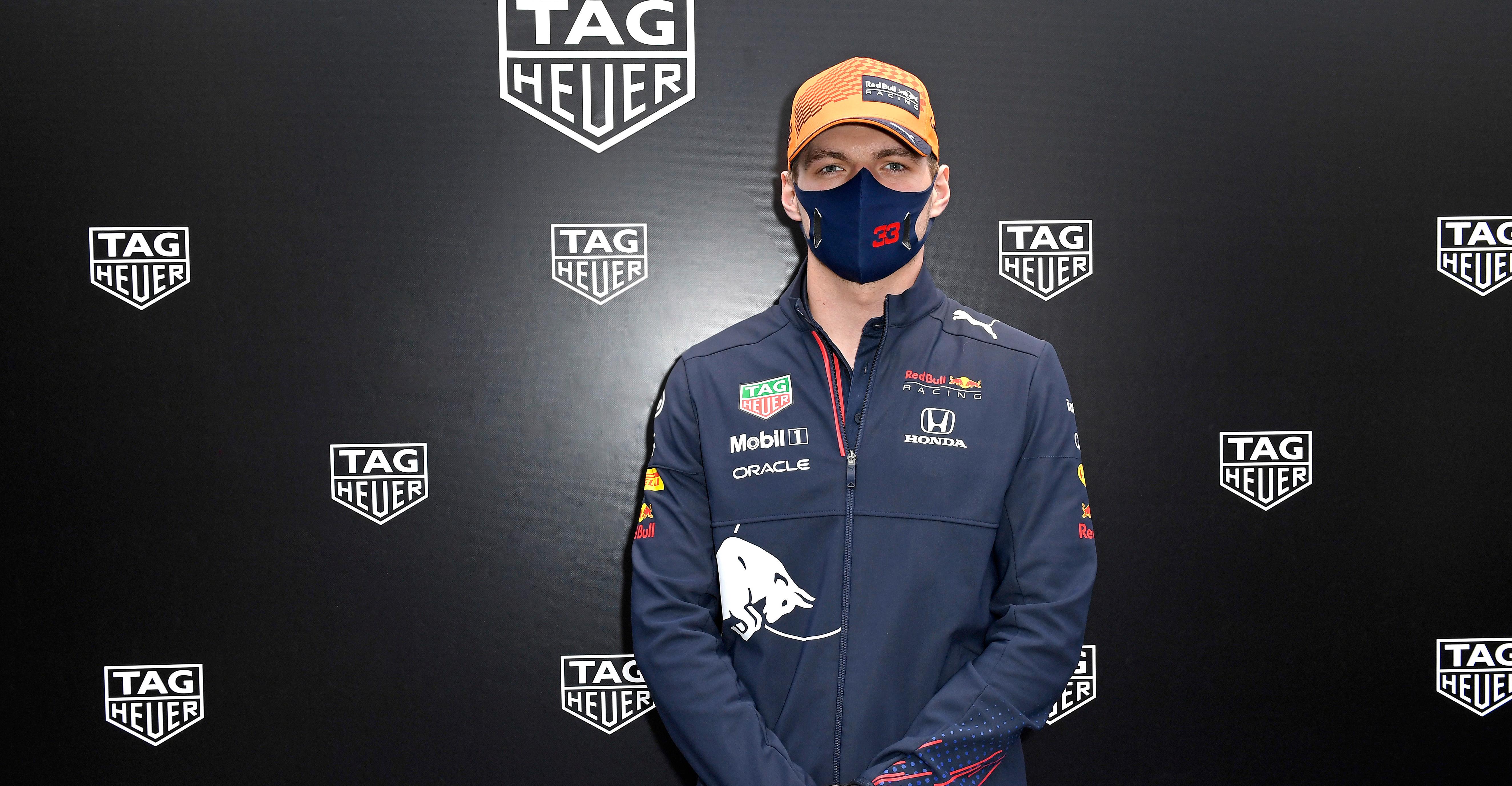The Real Meaning of the "Interval" Stat in Formula One Races
Published Nov. 8 2021, 9:37 a.m. ET

There are more F1 fans than ever these days, but as more people are introduced to the sport for the first time, they have some questions. For instance, why do the drivers get weighed after every race? Why do they sometimes drive in a zig-zag pattern? And finally, what does the word "interval" mean? Here's what you need to know.

What does “Interval” mean in F1? It's actually an incredibly important statistic for F1 races.
Basically, whenever “interval” is under a driver’s name, without any further information, it means that they’re in the lead. There’s no one ahead of them, so there’s no “interval” to keep track of. For all the other drivers, whenever there’s a number next to “interval,” it shows how far they are behind the driver in front of them.
So, for instance, if it says +1.234 next to “interval,” then it means that that driver is 1.234 seconds behind the driver in front of them. It’s an extremely important statistic when it comes to keeping track of who can lap or pass the driver and make a move up the rankings of the entire race.

On the other hand, “leader” indicates the time between the leading driver, in the case of the 2021 Mexico City Grand Prix, Verstappen, and the driver who’s listed. So by the end of the Nov. 7 race, the second-place driver’s “leader” stat was +16.555s, whereas someone like the fifth place driver’s “leader” stat was +81.037s, meaning they finished 81.037 seconds after Verstappen.
So next time we’re watching an epic F1 race, as the drivers circle around at unthinkable speeds, we’ll keep an eye on that “interval” stat so we know which underdog to root for.